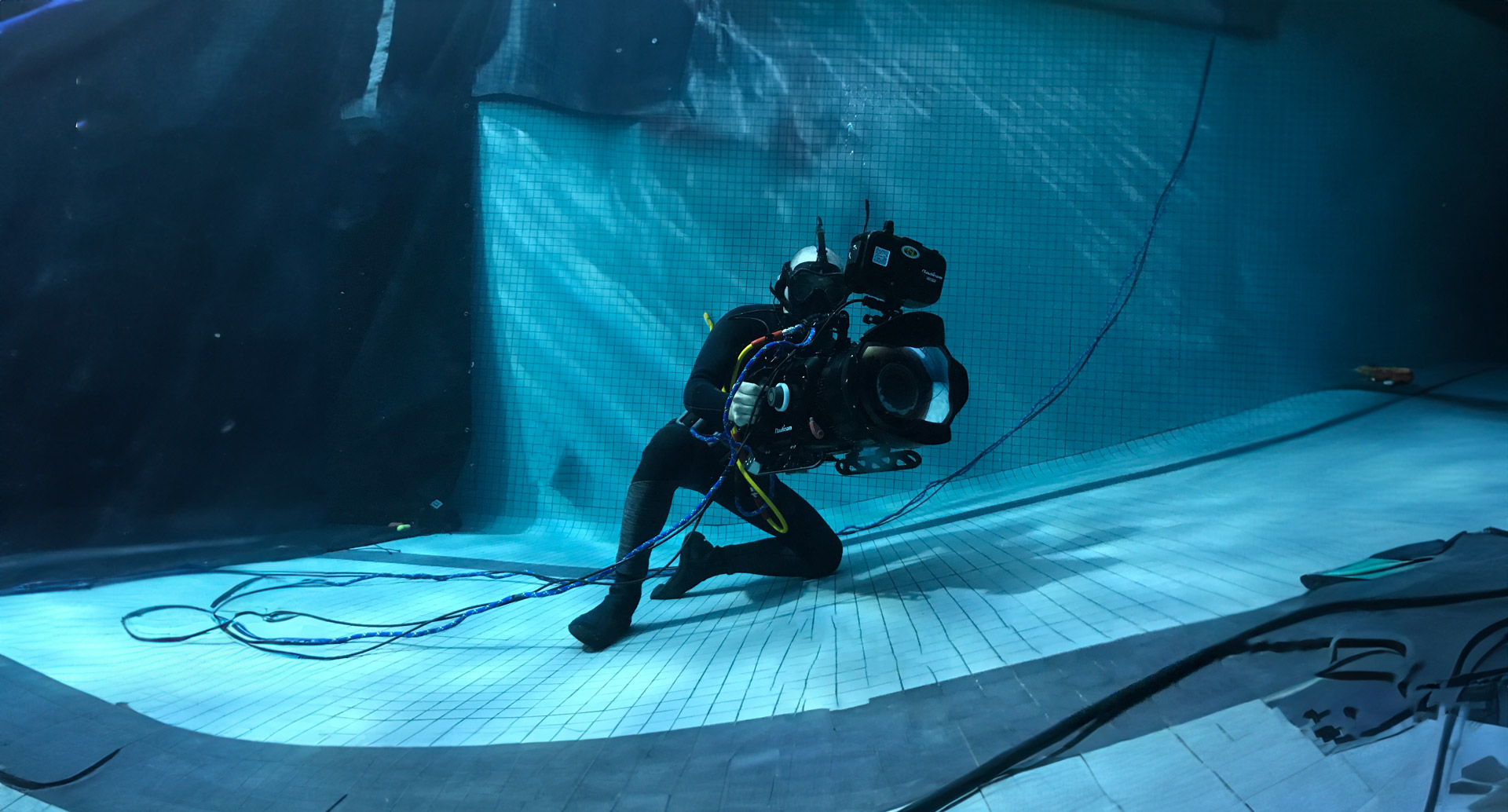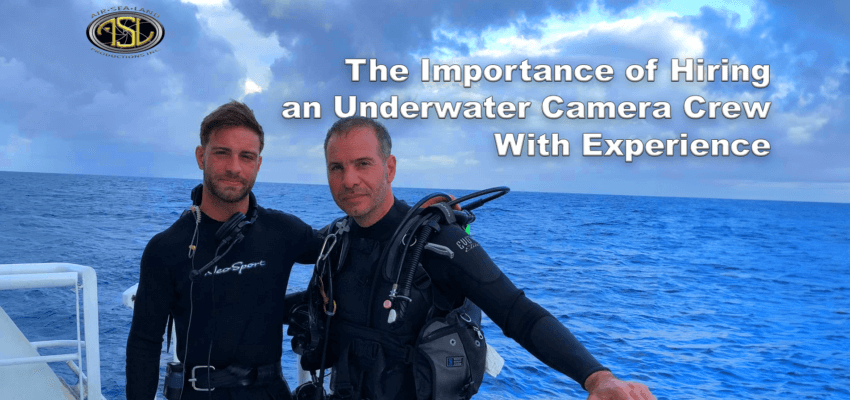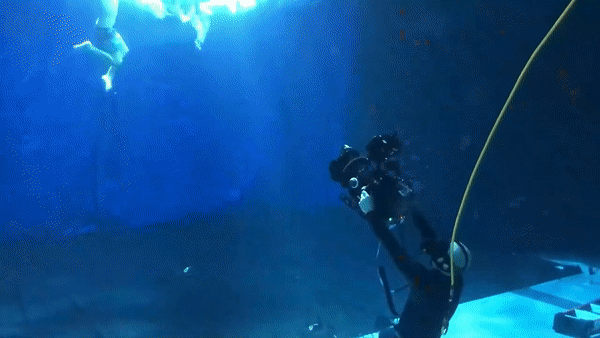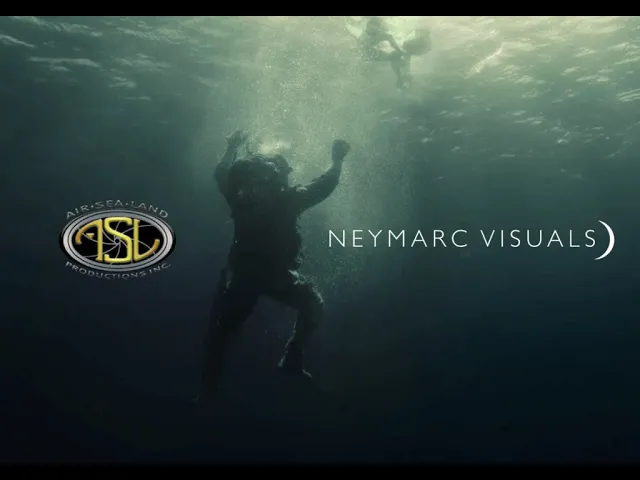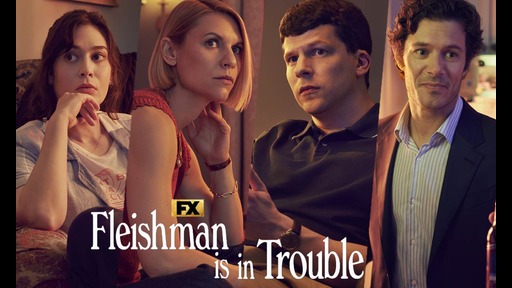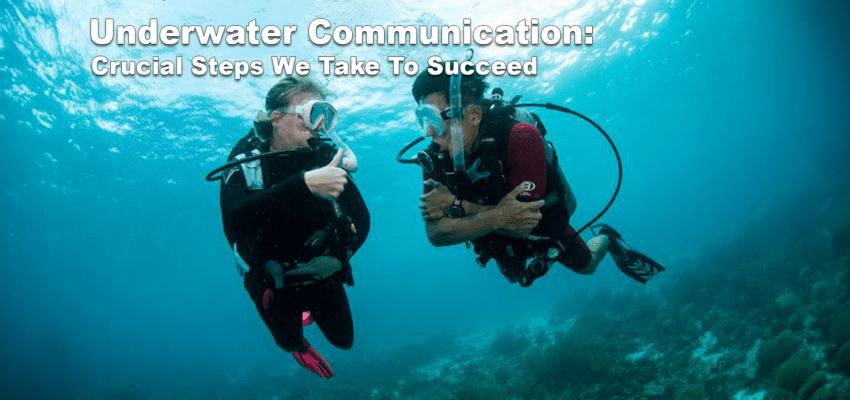The Rhythm Beneath the Waves
Editing underwater footage isn’t just about piecing together clips, it’s about sculpting rhythm from silence. Every cut breathes, every fade mimics the pull of a current. The ocean moves differently than air, and so should the story it carries.
On land, we cut for energy, for motion, for reaction, for pace.
Below the surface, we cut for emotion, for breath, for stillness, for suspension.
Underwater, time expands. Gravity disappears. And in that slow gravity-less space, editing becomes less about speed and more about surrender.
1. Breathing Rhythm: Finding Natural Pacing
If land editing follows footsteps, underwater editing follows breath.
Divers inhale and exhale slowly, each breath lasting several seconds, each movement delayed by drag and resistance. To honor that, underwater edits should feel like breathing cycles: in, hold, release.
A shot that lingers just one second longer underwater can feel more honest, more emotional. Rushing underwater cuts can break the illusion of submersion, the audience needs time to float.
Try matching your cuts to:
- The diver’s breathing rhythm
- The rising or falling motion of bubbles
- Shifts in natural light from surface reflections
Watch how My Octopus Teacher or Blue Planet II use these cues, not to show action, but to let stillness become narrative.
2. The Sound of Silence: Designing Emotional Soundscapes
Sound is the invisible current that carries underwater storytelling.
Even though water muffles sound, it heightens emotion.
Instead of filling silence with music, design it.
Layer deep hums, soft crackles, distant sonar pulses. Let the sound of a single exhale or fin stroke echo like memory.
Practical techniques:
- Use low-frequency ambient tones (40–80 Hz) to evoke depth.
- Add reverb and muffled EQ filters to simulate sound absorption in water.
- Mix breathing and heartbeat sounds as narrative anchors.
- When using music, keep it sparse and fluid, no sharp percussion.
The result: an audio texture that feels like immersion, not background.
3. Color as Emotion: Grading Beyond Correction
Color correction restores reality. Color grading creates emotion.
Most editors instinctively remove the blue-green tint of underwater footage. But sometimes, that tint is the story.
Cold cyan can feel lonely. Warm amber hues can feel human, hopeful, sacred.
Rather than chasing natural colors, decide: what emotion should this scene breathe?
- Blue: Isolation, calm, introspection
- Green: Mystery, danger, organic tension
- Amber / Gold: Warmth, human connection, surface proximity
- Desaturated neutral: Memory, dream, passage of time
Use vignettes, gradients, or light flares not to hide flaws, but to paint feelings.
Every wave refracts light uniquely, your grade should too.
4. Seamless Transitions: Merging Land and Sea
Stories often begin above the surface and descend into the deep, that transition can either jar or enchant the viewer.
Instead of hard cuts, let the elements connect:
- Fade out surface sounds (wind, birds) as you cross-dissolve into underwater hums.
- Carry bubbles or lens flares across the cut to visually “dive” through the edit.
- Use one unbroken motion, a camera tilt, a pan, or a ripple, to pull the viewer from land to sea.
Editing underwater isn’t about masking two worlds. It’s about weaving them into one continuous breath.
5. Flow Over Formula: Building an Emotional Arc
Think of your edit like the ocean: waves of tension and release.
Every scene should rise, peak, and recede.
- Tension: A diver descends, the unknown grows.
- Peak: The moment of encounter, a creature, a revelation, a reflection.
- Release: A drift, a pause, an ascent.
When you cut, cut for emotional flow. Don’t chase traditional story beats, chase the rhythm of immersion.
Your edit should not move, it should breathe.
Closing Reflection: Editing as Submersion
Editing underwater footage is an act of empathy.
You’re not simply presenting what happened; you’re guiding the audience into a state of surrender.
In the stillness between cuts, they remember what it feels like to float, to be held by something vast and alive.
When you stop cutting for speed, and start cutting for stillness,
the ocean begins to speak.
Quick Notes for Editors
- Always color-grade within scene context, not in isolation.
- Test your mix with headphones, it reveals subtle pressure shifts.
- Embrace imperfections: particles, flares, distortion, they’re the ocean’s signature.
- Let every edit “breathe” for one extra beat longer than feels comfortable. That’s usually where the magic lives.

